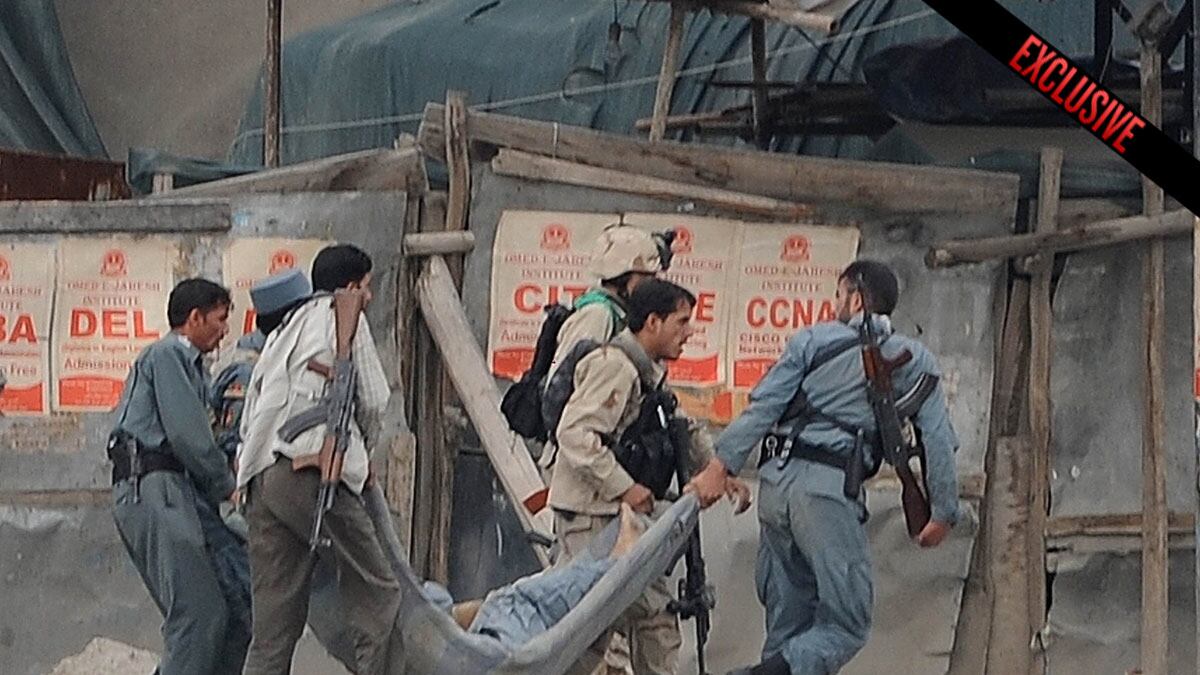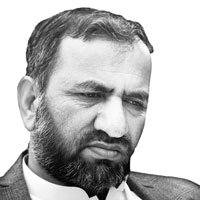Archive
SHAH MARAI
Taliban Embassy Attack in Kabul: Afghan Insurgents Tell of Secret War Room, Haqqani Alliance
Behind the latest assault in the Afghan capital, Sami Yousafzai and Ron Moreau on the insurgents’ secret mobile operations center.

Trending Now






